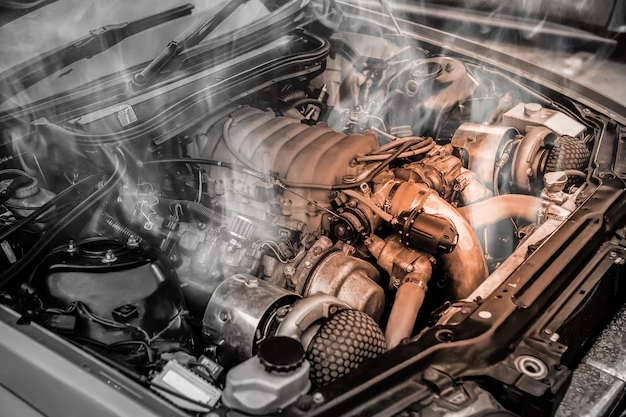Engine overheating is a common problem that can occur in vehicles, particularly in the diverse and often challenging driving conditions of South Africa. It is crucial for car owners to be aware of the causes and solutions for engine overheating to prevent damage and ensure a safe driving experience. This article provides a guide on troubleshooting and fixing common engine overheating issues in South Africa.
- Check Coolant Levels
Low coolant levels are a frequent cause of engine overheating. Start by checking the coolant reservoir, ensuring it is filled to the recommended level. If the coolant is low, add a mixture of coolant and distilled water to achieve the proper ratio. However, it is essential to identify and address any underlying leaks or coolant system issues that may be causing the coolant loss.
- Inspect the Radiator
A malfunctioning radiator can contribute to engine overheating. Inspect the radiator for any signs of damage, such as leaks, bent fins, or blockages. Ensure that the radiator cap is tightly sealed. If there are visible leaks or significant damage, it is advisable to have the radiator repaired or replaced by a professional mechanic.
- Check the Cooling System Hoses and Belts
Faulty or worn-out cooling system hoses and belts can impede the proper flow of coolant, leading to engine overheating. Inspect the hoses for any signs of leaks, cracks, or bulges. Additionally, check the belts for tightness and signs of wear. Replace any damaged hoses or belts promptly to ensure a properly functioning cooling system.
- Clean the Radiator and Condenser
Accumulated dirt, debris, and bugs can obstruct the airflow through the radiator and condenser, reducing their cooling efficiency. Regularly clean the exterior of these components using a soft brush or compressed air. Be gentle to avoid damaging the fins. Ensure that there is sufficient space around the radiator for adequate airflow.
- Check the Thermostat
A faulty thermostat can cause the engine to overheat. To test the thermostat, start the engine and let it idle. Monitor the temperature gauge on the dashboard to see if it reaches the normal operating temperature. If the temperature rises significantly or fluctuates erratically, it may indicate a malfunctioning thermostat that requires replacement.
- Inspect the Water Pump
The water pump plays a crucial role in circulating coolant through the engine. A faulty water pump can result in inadequate coolant flow and engine overheating. Inspect the water pump for any signs of leaks, noise, or play in the pulley. If you notice any issues, it is advisable to have the water pump inspected and replaced if necessary.
- Consider External Factors
In South Africa’s extreme weather conditions, external factors can contribute to engine overheating. Factors such as high ambient temperatures, heavy loads, or prolonged idling can put additional strain on the cooling system. Take precautions such as avoiding excessive idling, reducing heavy loads, and using air conditioning judiciously to minimize the risk of engine overheating.
- Seek Professional Assistance
If the above troubleshooting steps do not resolve the overheating issue or if you are unsure about performing the repairs yourself, it is recommended to seek professional assistance. A qualified mechanic can perform a comprehensive diagnosis of the cooling system, identify any underlying issues, and provide appropriate repairs or replacements.
Engine overheating is a problem that should not be ignored by South African car owners. By following these troubleshooting steps and addressing common causes of overheating promptly, you can prevent engine damage, costly repairs, and potentially dangerous situations on the road. Regular maintenance, timely repairs, and attention to the cooling system will help ensure a safe and enjoyable driving experience throughout South Africa’s challenging conditions.











